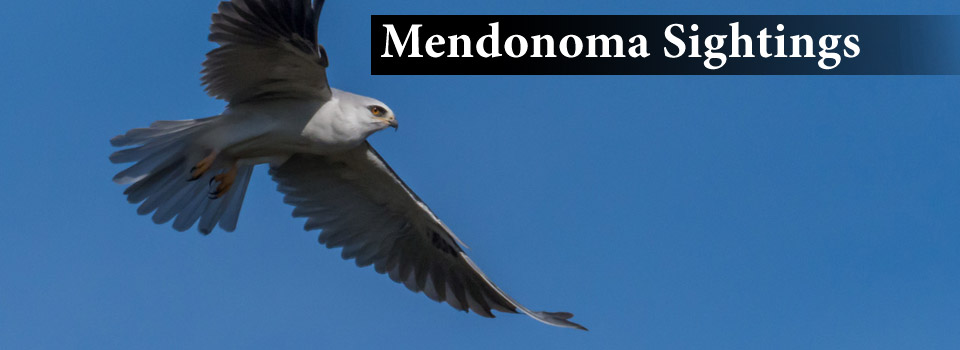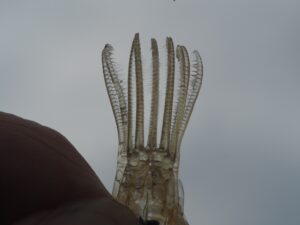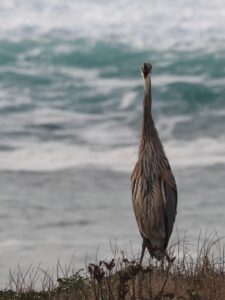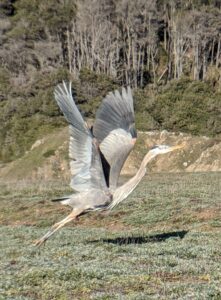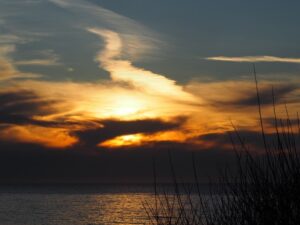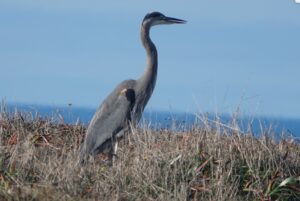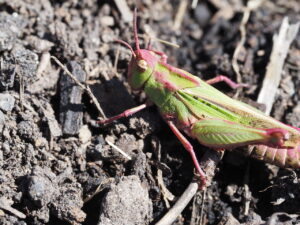Just look at this beauty - a six-legged, small, nearly translucent Sea Star. Marilyn Green photographed it at the most recent low tide at Pebble Beach off The Sea Ranch.
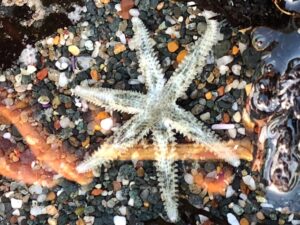
Here's what intertidal zone expert, Robert Van Syoc, had to say about this Star.
"This is a very interesting star, and a rare find on our part of the coast. According to Prof. Sarah Cohen at San Francisco State University, who is an expert on this group of stars, it's a member of a ‘species complex’ of three species distinguished by differences in their DNA, but not yet easily identifiable to species-level by obvious morphological characteristics.
“Formerly, all three species were known as Leptasterias hexactis, a smallsix-armed star. Currently, Prof. Cohen considers true Leptasterias hexactis to be the most northern of the three species, ranging from Alaska south to Washington State. The remaining two species of Leptasterias are most common further south in California, uncommonly found this far north. So, it would appear that Marilyn has photographed a currently undescribed species of Leptasterias! Keep your eyes open for more, please!”
As Amy Ruegg often photographs in the intertidal zone, I sent her Marilyn's photo and it turns out Amy photographed this type of Star last year, off Pebble Beach. One of its legs is mostly underneath the center of the Star. Bob agrees it's probably the same species as Marilyn's find.
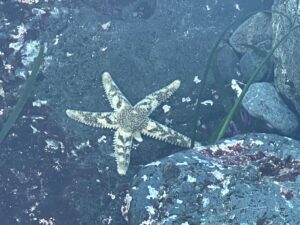
Bob sent in some fascinating information about these Stars. He wrote, “Another important aspect of Leptasterias biology is that they are ‘brooders,’ that is they do not have planktonic larvae, but keep their developing offspring on ‘Mom’ until they ‘walk away’ as tiny versions of the adults. This limits their ability to re-colonize distant areas after the Sea Star wasting disease of 2015 in our area. Hence, the slow re-establishment of Leptasterias on our part of the coast…and our excitement at seeing them again.”
How great is this? At the next low tide, perhaps you will find one of these rare Stars.
Thanks to Marilyn and Amy for allowing me to share their photos with you here.
It's a stunning day - warm with no wind. But the forecast has it cooling off, big time! For today, I'm enjoying the sunshine and the 70 degree temps. It's not really winter today!
